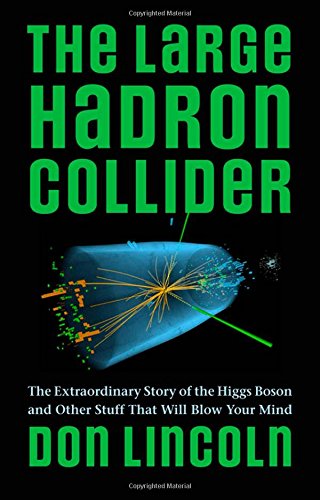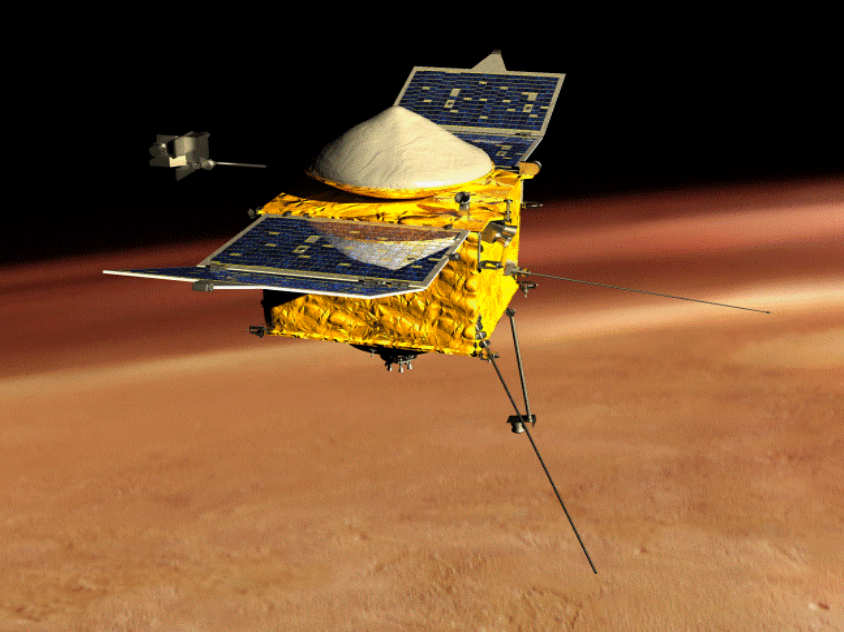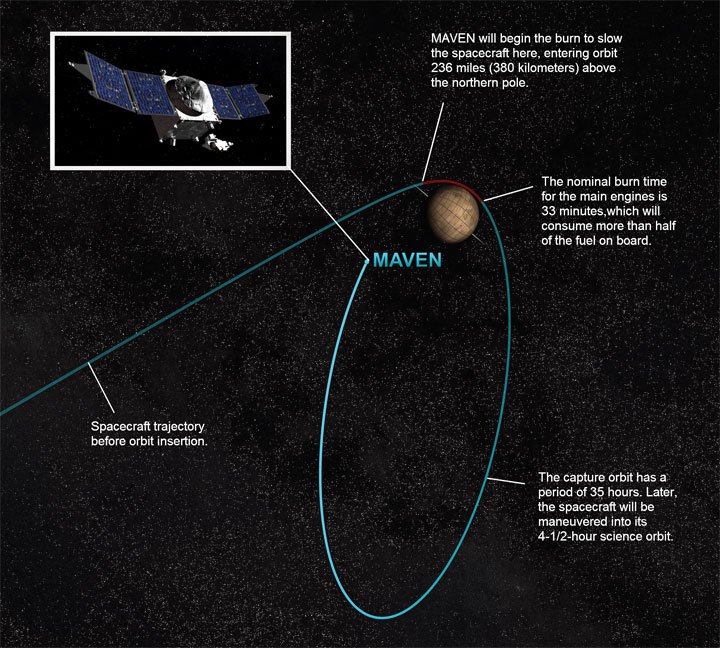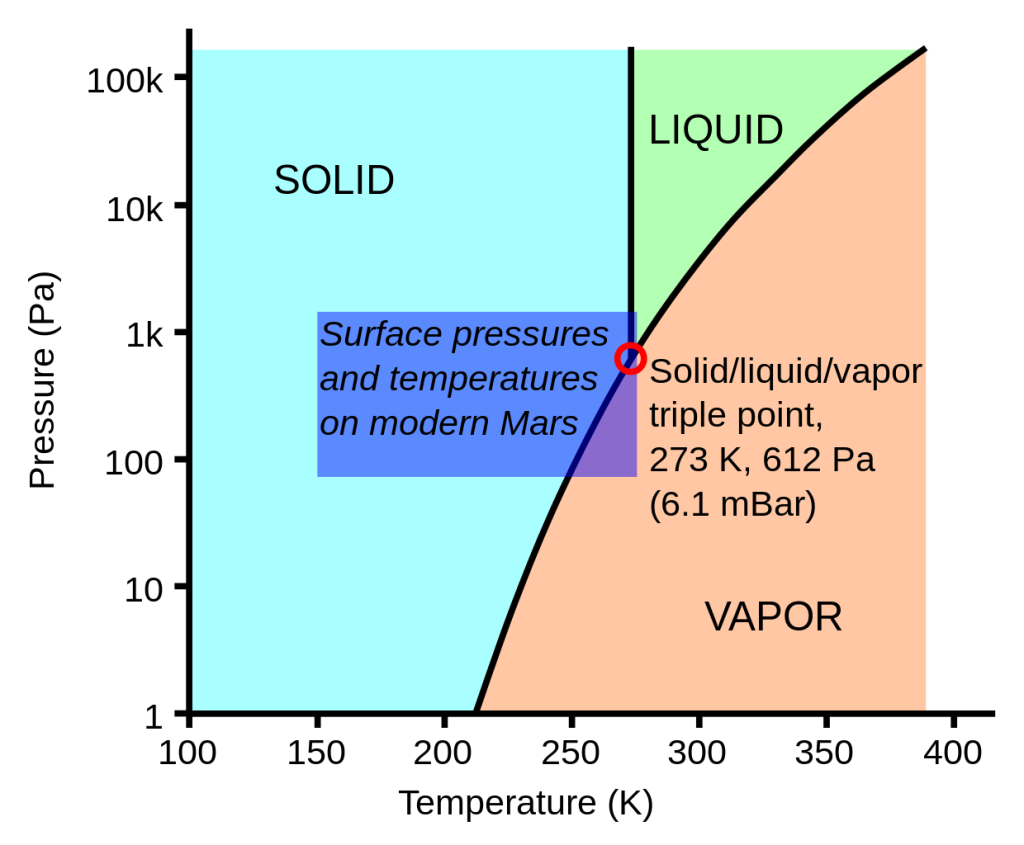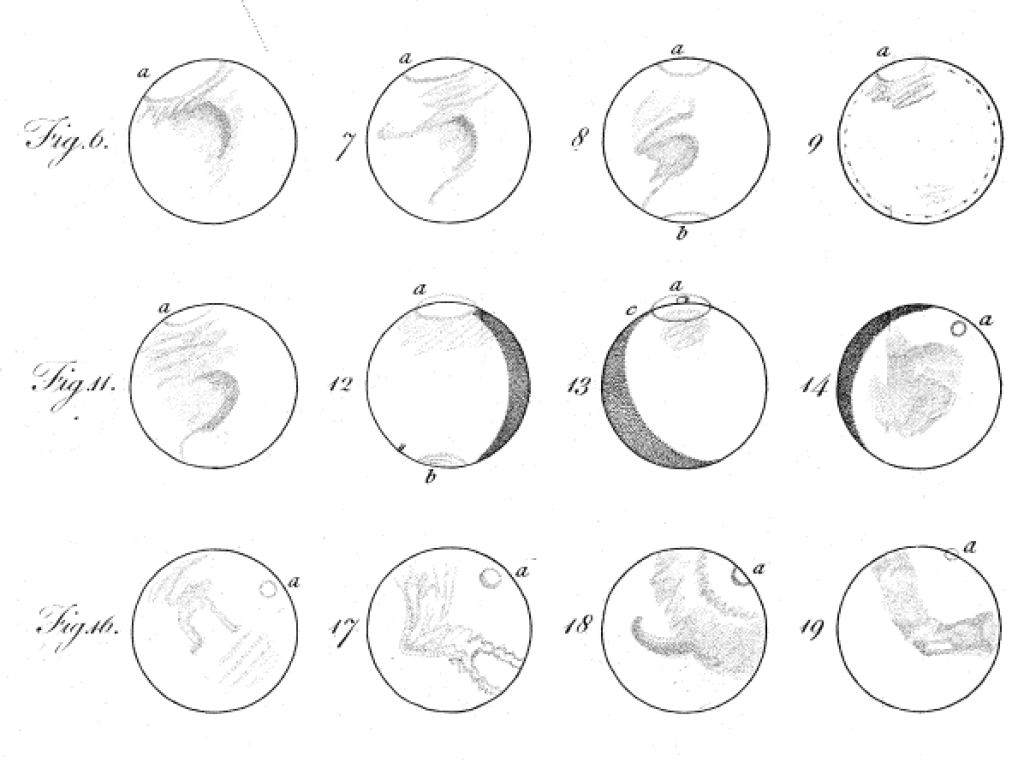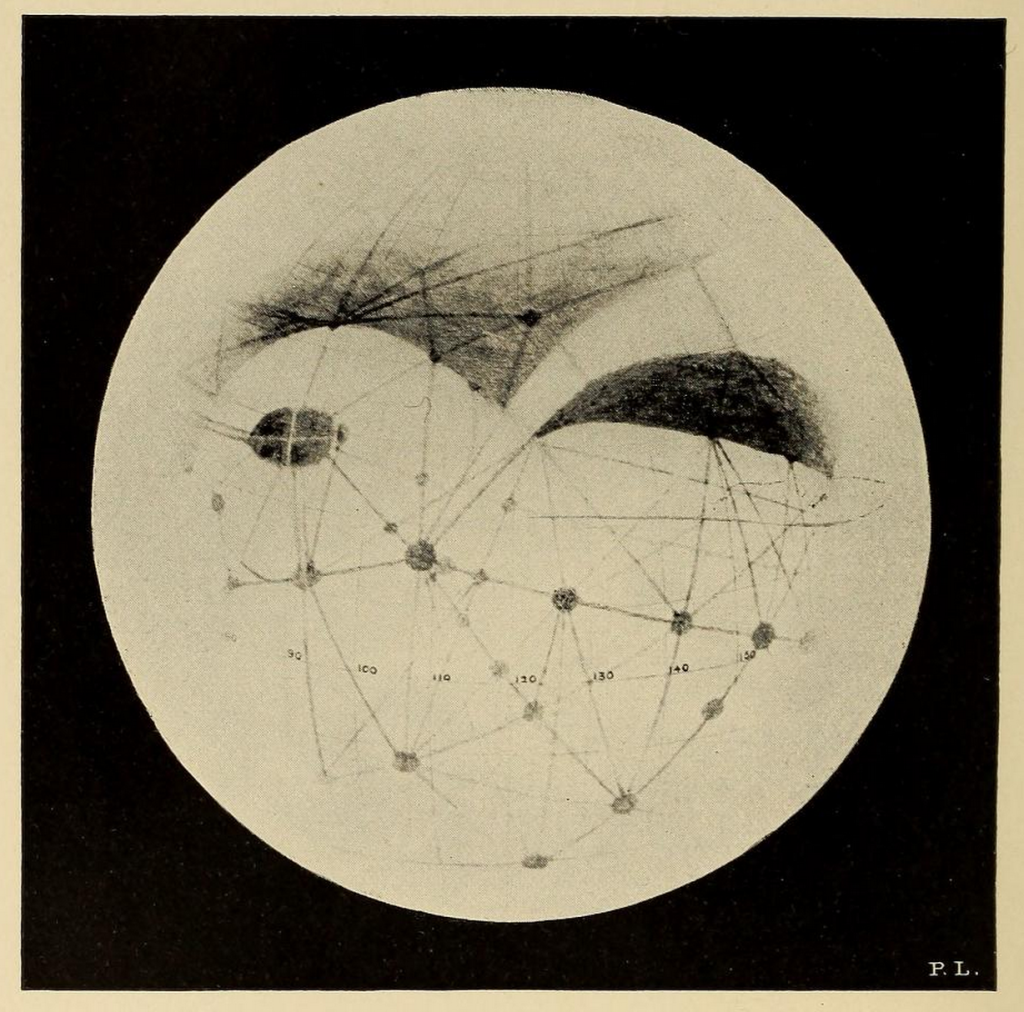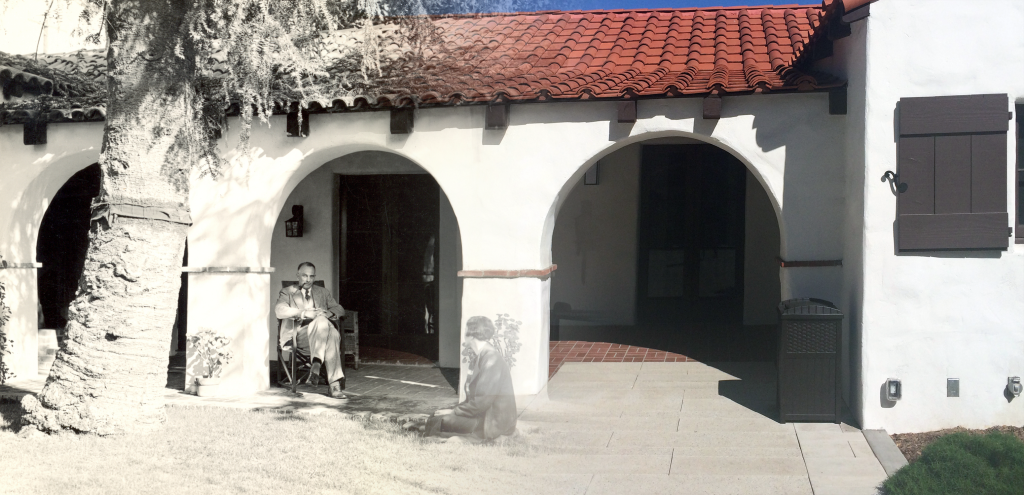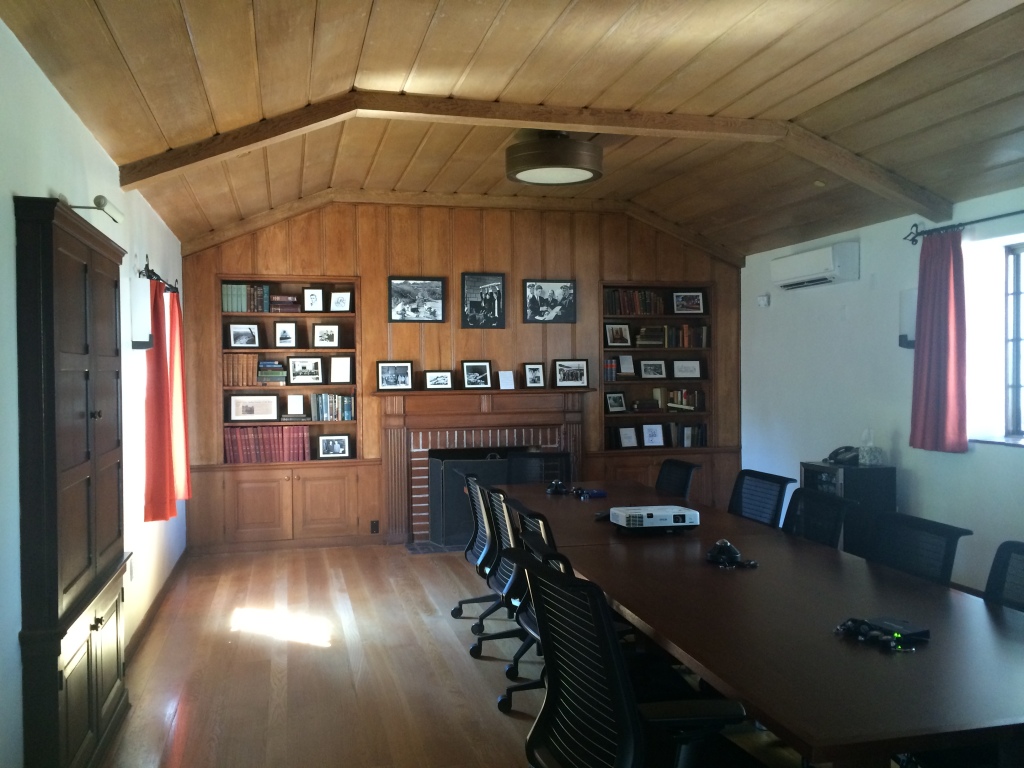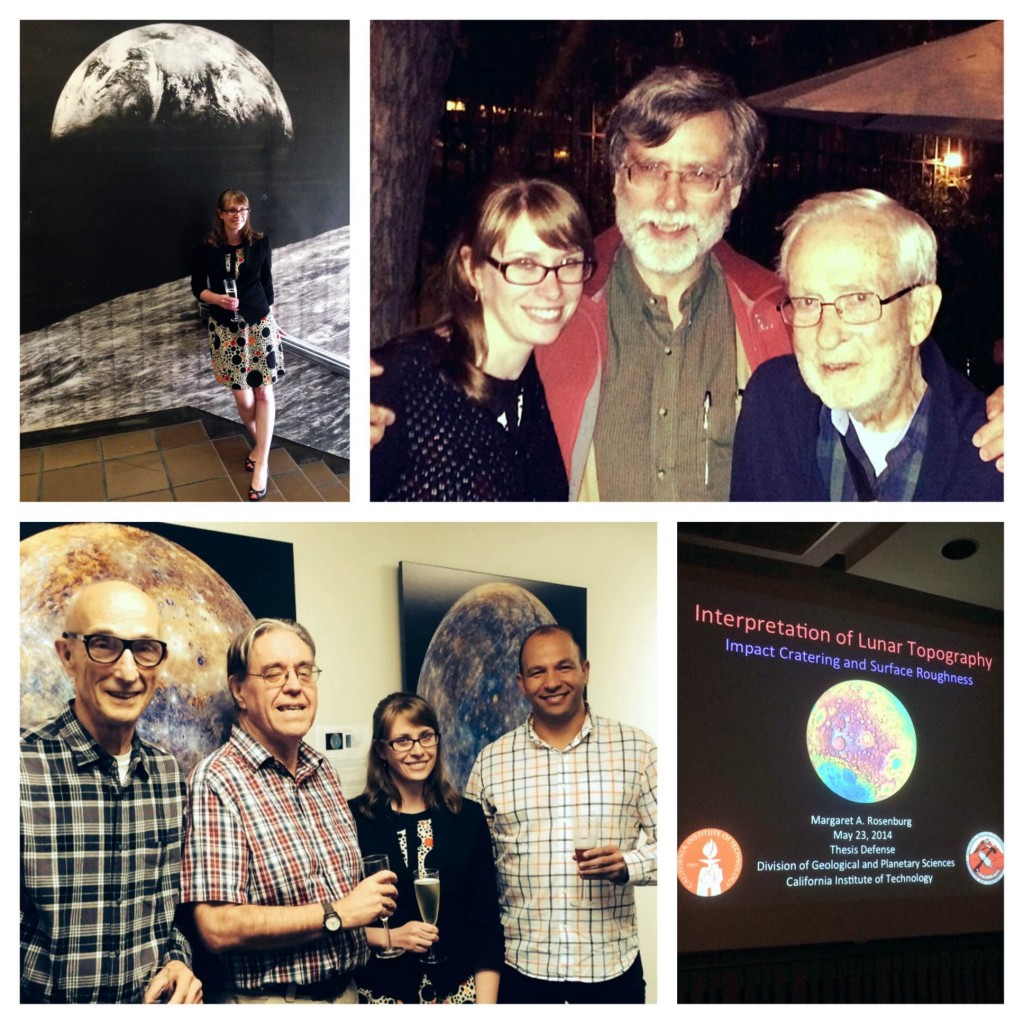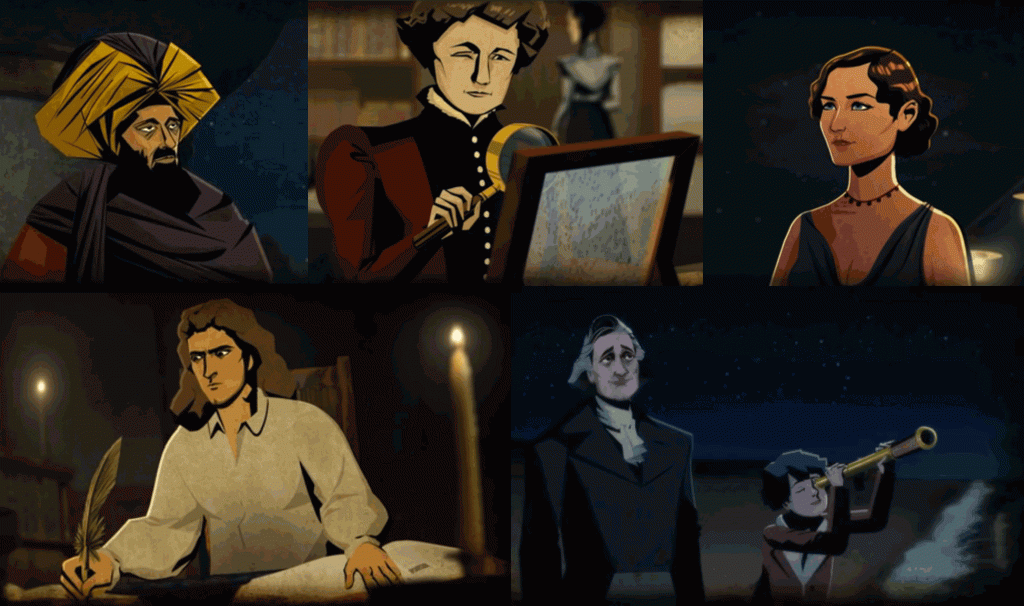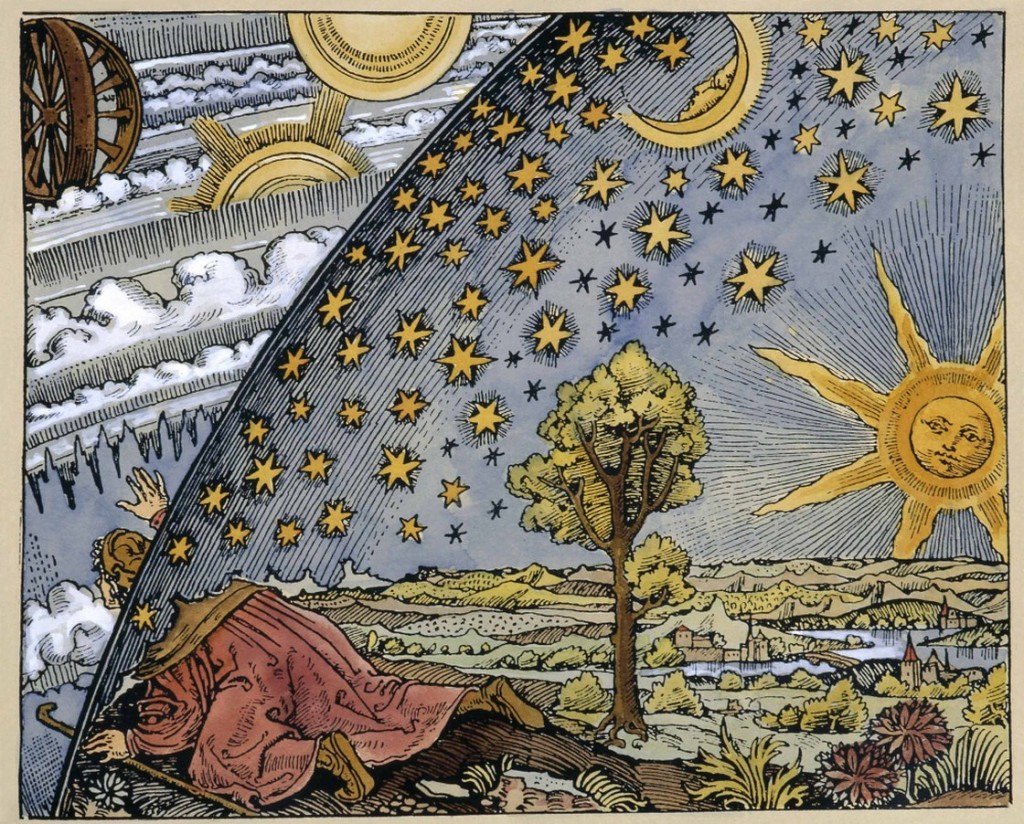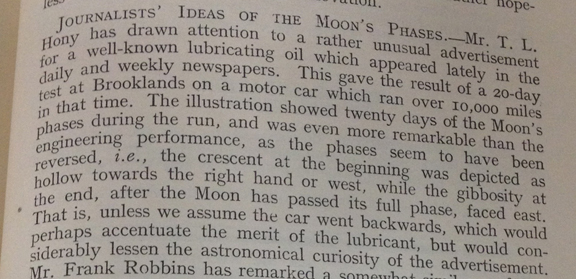Over the weekend, I sat down with Cara Santa Maria, an amazing science communicator (just check out her website) to chat for a bit on her podcast, Talk Nerdy. To be honest, I was surprised Cara asked me to be on her show (which, aside from me, has an impressive guest list!), but we ended up having a really interesting conversation about the Moon, impact craters, history of science, women in STEM, and surviving grad school. If you have 90 minutes to spare (sorry, we went into overtime!), you can listen here.
We touched on a lot of different topics, and I thought it would be good to gather some resources on a few of them, in case anyone wants more information and to clarify anything I wasn’t very clear on. If anyone has additional links to send my way (this is by no means exhaustive), feel free to leave a comment or tweet @trueanomalies, and I’ll add it!
Here are some things we talked about:
Planetary Science: what is it? My standard definition, if you can call it that, is “take whatever kind of science you do (astronomy, geology, chemistry, etc), just apply it to planets – you’re a planetary scientist!” The interdisciplinary nature of planetary science is one of my favorite things about it, even though can end up confusing people because it encompasses so many kinds of research. Many of my colleagues work with telescopes and go on observing runs, while others use mass spectrometers to analyze meteorite samples. My research relies on models and spacecraft data, so I’ve spent most of my time in graduate school in front of a computer – less exciting to be sure, but it has its charms too.
The giant impact hypothesis: How did the Moon form? We don’t know, but the current best guess is that a roughly Mars-sized body collided with the Earth not too long after its core formed, spraying material (mostly from the outer parts of the Earth) into orbit, which ultimately would have coalesced to form the Moon. Here’s a computer simulation showing the standard scenario (related paper here):
Why do we think something like this might have happened? Because this hypothesis does a better job than others at accounting for the observations we have at the moment: the current dynamical configuration of the Earth and the Moon (and their total angular momentum – see below), the chemical properties of both bodies, and the lower density of the Moon compared to the Earth. Here’s a recent article that goes into some detail about that and introduces a slightly different hypothesis, charmingly called the Big Splat. This piece points out an interesting wrinkle in this whole giant impact story: there are many different variations on a theme, and the particulars of the collision scenario (how big was the impactor? what angle did it arrive at? was the Earth rotating? how fast?) produce different outcomes that may help us figure out what actually happened.
Angular momentum & the Earth-Moon system: The Moon is getting further away, the Earth’s rotation is slowing down, and these events are directly related through the conservation of angular momentum. Here’s astronaut Mike Fossum demonstrating this principle for a single body (his actual body):
By extending his arms, he increases his moment of inertia about the vertical axis (at least, vertical with respect to the camera) and his angular velocity slows; the spinning speeds up again when he brings his arms in. Similarly, the Earth and the Moon have a shared angular momentum budget, so when the Earth loses rotational angular momentum (which happens because the Moon raises tides – solid body tides, not just ocean ones – and then pulls more strongly on this tidal bulge, against the direction that the Earth is rotating), the Moon has to gain angular momentum, moving outward in its orbit.
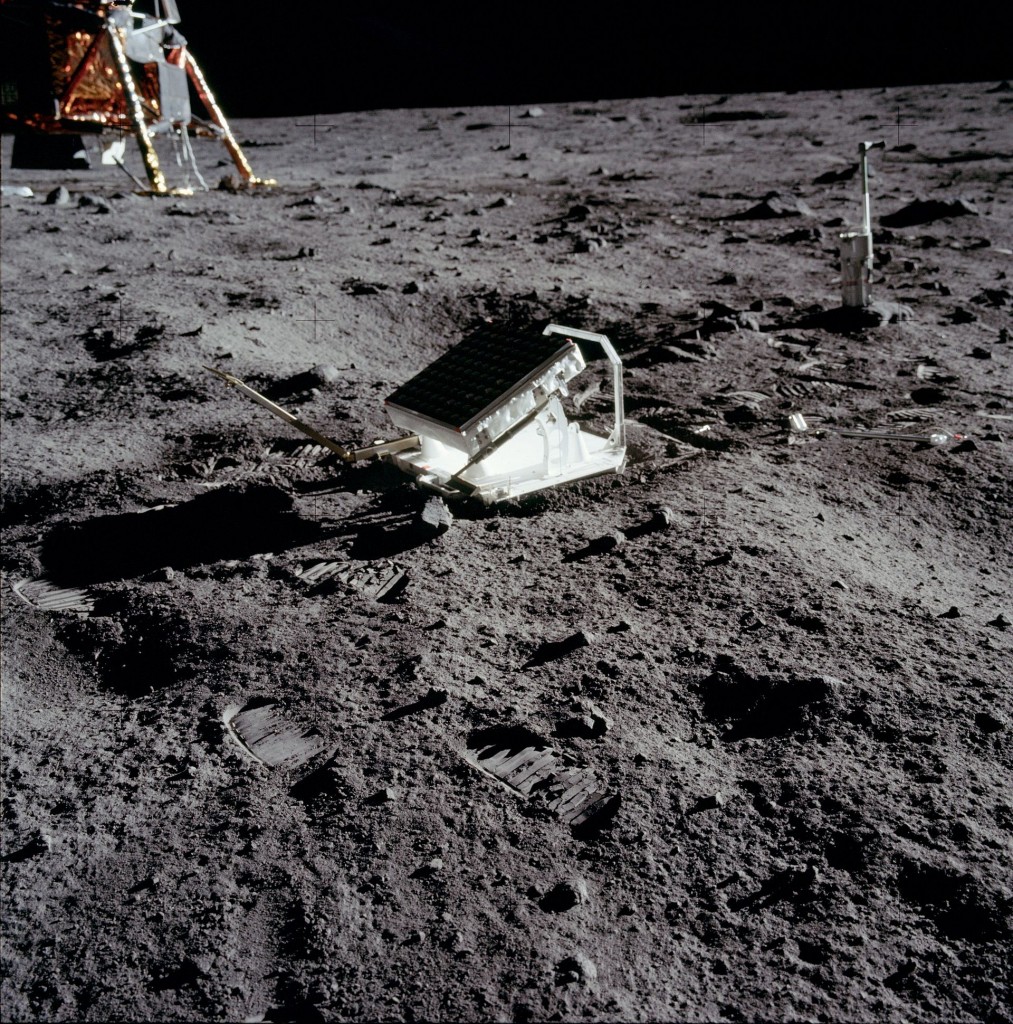
All of this can be predicted mathematically and is not at all unique to our Moon – tidal evolution happens everywhere. What’s really cool is that we can actually measure the rate at which the Moon is receding in its orbit. The Apollo astronauts left several retroreflectors on the surface, which make it possible to shine a laser at the Moon and actually detect the reflection (this is a hard measurement to make, despite how easy it looks on TV). The travel time of the laser pulse yields a very accurate measurement of the distance to the Moon, which is growing at a rate of a few centimeters per year, and this steady outward spiral is directly tied to the increase in length of day, which we tend to notice every now and then when a new leap second is added. Everyone and everything on our planet is part of the system too, so in theory our angular momentum trades off with that of the Earth and Moon, but we’re too small to make much difference.
What is a barycenter? It’s the center of mass of an n-body system around which each body orbits. If we consider just the Earth and Moon, the center of mass is very close to the Earth’s center, because it’s so much more massive: more than 80x! So it’s almost true that the Moon orbits the Earth, but they actually both orbit the barycenter. For Pluto and its moon Charon, which are much closer in mass (Pluto is ~9x more massive), the barycenter lies outside of Pluto altogether. Here’s a handy animation:
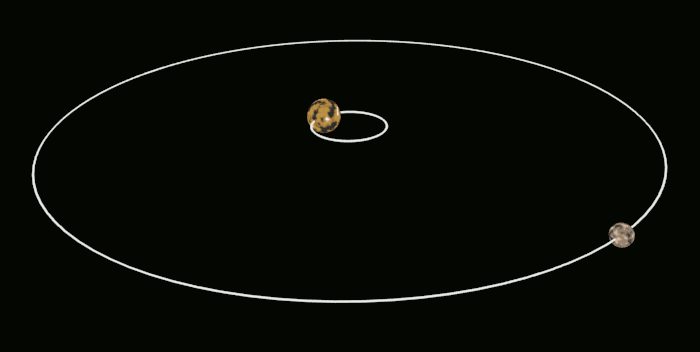
Was there a Late-Heavy Bombardment? …Maybe? Generally speaking, there were many more collisions happening early on, when the planets were forming and sweeping up solid material, than there are now, and this impactor flux has decayed smoothly and exponentially over time.
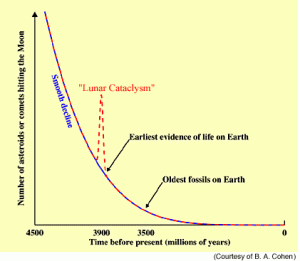
But many of the Apollo samples that were brought back and radiometrically dated suggested that they formed at exactly the same time: 3.9 billion years ago. This potential spike in the cratering rate (especially for the large, old lunar basins) is called the Late Heavy Bombardment, and whether it really exists or not is a topic of ongoing debate. If it did happen, then it provides an important constraint for dynamical models of solar system formation, which have to explain the sudden cataclysm in addition to other key solar system characteristics, like the mass and structure of the Kuiper Belt. For example, the Nice Model (based in Nice, France) proposes a scenario in which the giant planets formed somewhat closer to the Sun and evolved to their current positions (sometimes smoothly and other times abruptly) due to gravitational interactions with each other and with the planetary disk they formed in. Here’s an animation showing a couple of potential scenarios simulated with the Nice Model:
Planetary migration can happen through several different mechanisms, and nobody knows for sure what combination (and timing) might have produced our solar system. What’s even weirder (and more exciting!) is that other solar systems discovered so far don’t look much like ours. The more we find out about other planetary systems and the outer reaches of our own, the more clues we’ll have to understand how our solar system got to be the way it is and how planets form throughout the universe.
That’s all I’ve got for now! Thanks, Cara, for having me on Talk Nerdy last weekend!

